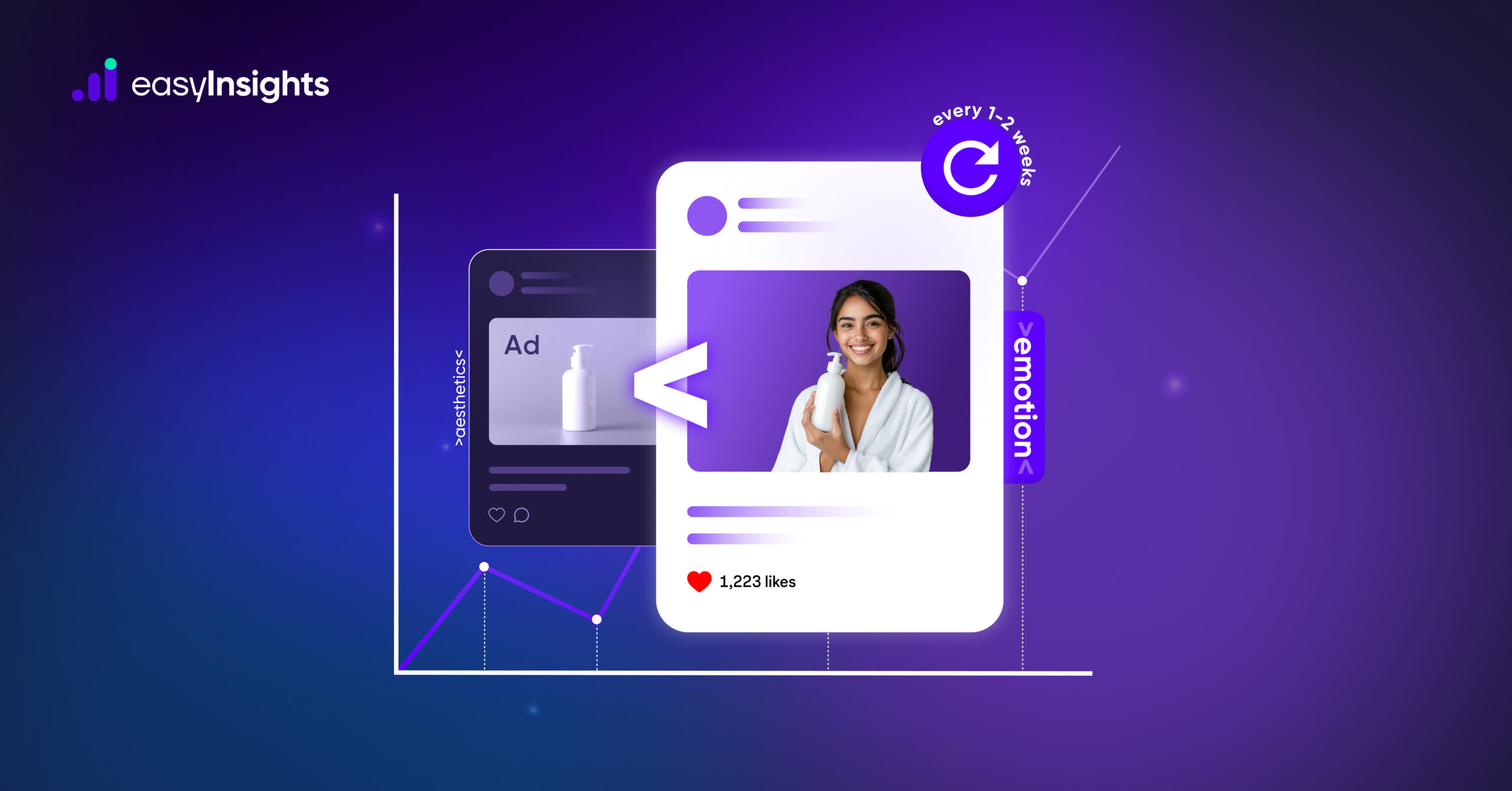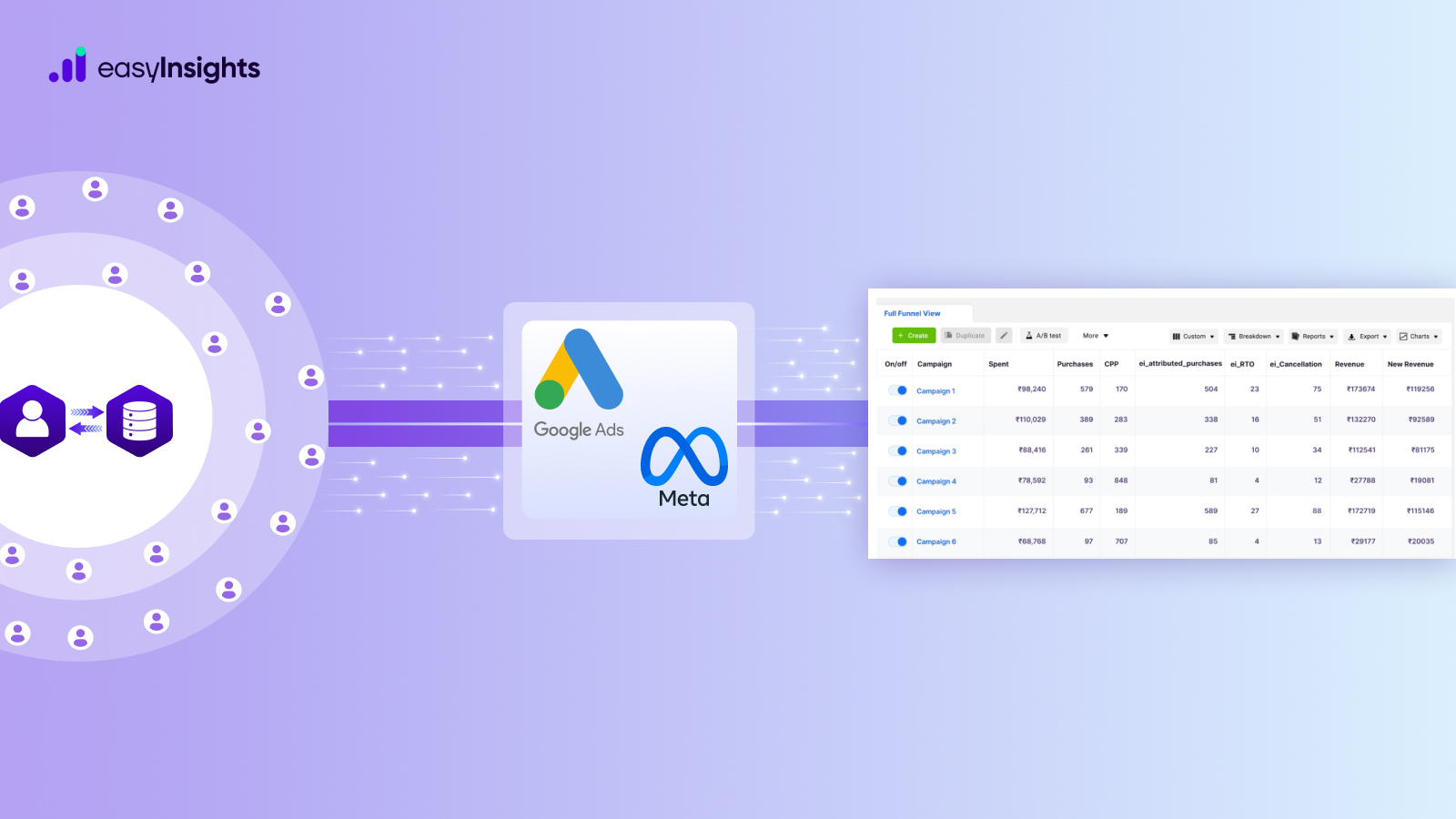
Free shipping and easy returns have become hygiene factors in e-commerce. They remove friction for shoppers and increase conversions at checkout. But there’s a dark side: customers often return items quickly and casually. Sometimes the item doesn’t fit, sometimes they find a cheaper option, or sometimes they just change their mind.
The result is a growing Return-to-Origin (RTO) problem, where orders are either canceled or returned to the seller before they even reach the customer’s doorstep. For brands, this isn’t just inconvenient – it’s expensive.
Every RTO multiplies costs: two-way shipping, handling, restocking, repackaging, and the risk of damaged or unsellable inventory. Add in the lost opportunity cost, and suddenly profitable campaigns can turn unprofitable.
But here’s the good news: RTOs are not random. They follow patterns that can be tracked, measured, and optimized against. With the right tools and the use of first-party data, businesses can not only reduce RTO rates but also improve the overall profitability of their marketing campaigns.
Click here to learn about the best tools in the market to reduce your RTOs.
Jump ahead to:
Why RTOs Must Be Continuously Tracked in 2025
Return-to-Origin (RTO) is not a new problem, but it has become more pressing in 2025 as online shopping volumes continue to rise.
- In India, RTO rates average 20-25%, but in categories like fashion and footwear, they can spike to 40%. (bepragma.ai)
- Globally, return rates stood at 16.9% in 2024 and are projected to rise to 24.5% in 2025. (shopify.com, returnprime.com)
- Research shows 92% of shoppers return up to 30% of their online purchases, especially in categories like apparel and electronics. (dhl.com)

Every RTO order adds invisible costs:
- Operational strain: Extra shipping, labor, and warehouse handling.
- Inventory risk: Delayed resell, need for re-check, or unsellable items.
- Cash flow pressure: Locked-up capital until refunds or restocking happen.
- Marketing distortion: Your ad campaigns might look successful on paper (with low Cost Per Purchase), but when adjusted for cancellations and returns, the actual ROI could be negative.
Without continuous tracking, brands risk making decisions on misleading metrics.
✦ Read more: Return to Origin (RTO): Why is it a Crucial Metric for E-Commerce Businesses
Why Dashboards and Reports Aren’t Enough
Traditionally, businesses have relied on static reports or BI dashboards to track RTO trends. While these offer some insights, they fall short in practice:
- They are time-delayed – often reflecting yesterday’s or last week’s data.
- They are detached from ad platforms – meaning you know there’s a problem, but you can’t fix it where the budget is being spent.
- They require manual effort – exporting, cleaning, merging data across CRMs, analytics tools, and ad accounts.
What brands need today is not just visibility, but actionability – the ability to act on RTO data directly within campaign environments.
How EasyInsights Closes the Loop: Sending RTO Data Back to Ad Platforms
This is where EasyInsights changes the game. Instead of expecting marketers to juggle spreadsheets and dashboards, EasyInsights directly sends your RTO and Cancellation data back into ad platforms like Meta and Google Ads.
This feedback loop allows you to:
- See which campaigns are driving high-RTO audiences
Not all conversions are equal. Some campaigns may deliver a high volume of purchases, but those orders might have a 30-40% RTO rate. EasyInsights exposes these hidden costs. - Suppress wasteful segments
By marking audiences that frequently cancel or return orders, you can stop wasting ad dollars on them. - Reallocate spend to profitable campaigns
Redirect budgets towards ad sets, creatives, or geographies with lower RTO rates and higher lifetime value customers. - Shift from CPP to CPSP
Instead of tracking only Cost Per Purchase (CPP), EasyInsights enables you to measure Cost Per Successful Purchase (CPSP) – a far more accurate profitability metric.
✦ Learn more: Best Tools in the Market to Reduce RTO
Why First-Party Data is Your Strongest Weapon
In a privacy-first world where third-party cookies are vanishing, first-party data – the data you collect directly from your own channels – is more powerful than ever.
This includes:
- Checkout and order data
- CRM data (loyalty, refunds, cancellations)
- Website browsing behavior
- Engagement data from your owned apps or emails
When integrated with EasyInsights:
- You can identify which customer cohorts have higher return tendencies (e.g., first-time COD buyers vs repeat prepaid buyers).
- You can segment campaigns based on real purchase quality, not just click-through rates.
- You can build lookalike audiences that are based on profitable, low-RTO customers instead of one-time buyers.
In short, first-party data doesn’t just improve targeting – it improves targeting that pays off.
✦ Explore more: What is First-Party Data and How is it Beneficial for Digital Marketing
Case Study: A Fashion Brand Reduces RTO While Scaling Campaigns
One of India’s fastest-growing fashion retailers faced RTO rates of nearly 35% on their prospecting campaigns. While their Cost Per Purchase looked healthy, their actual ROI was shrinking after returns.
After integrating EasyInsights with Meta Ads:
- They fed back RTO and Cancellation signals into the platform.
- They discovered that catalog campaigns performed much better than broad prospecting ads in terms of lower RTO.
- By suppressing high-RTO audiences, they improved their post-RTO ROI by 15% month-on-month.
- Their successful transactions nearly doubled in three months – without increasing their ad spend.
The difference wasn’t in spending more. It was in spending smarter, powered by first-party data and RTO signals.✦ Dive deeper: Meta Ad Success: Essential High-Intent Signals & Audiences
Conclusion: From Returns to ROI
High RTO and cancellation rates are more than a logistics headache – they distort your marketing metrics, inflate your CAC, and choke your profitability.
But with the right approach, they can be turned into a competitive advantage:
- Track RTOs continuously to uncover hidden patterns.
- Leverage first-party data to segment profitable audiences.
- Use EasyInsights to feed RTO and cancellation signals directly back into ad platforms, enabling you to optimize campaigns where spend decisions happen.
By shifting focus from vanity metrics like CPP to profitability metrics like CPSP (Cost Per Successful Purchase), brands can achieve sustainable growth in 2025 and beyond.
✦ Start optimizing today: Best Tools in the Market to Reduce RTO
2025 RTO & Returns Snapshot
| Metric | Value |
| India RTO Rate (e.g. apparel) | 20-25%, up to 40% in segments (bepragma.ai) |
| Global Avg. Return Rate (2024) | 16.9% (shopify.com) |
| Projected Return Rate (2025) | ~24.5% (returnprime.com, clickpost.ai) |
| Shoppers returning 30% of purchases | 92% of global shoppers (dhl.com) |








